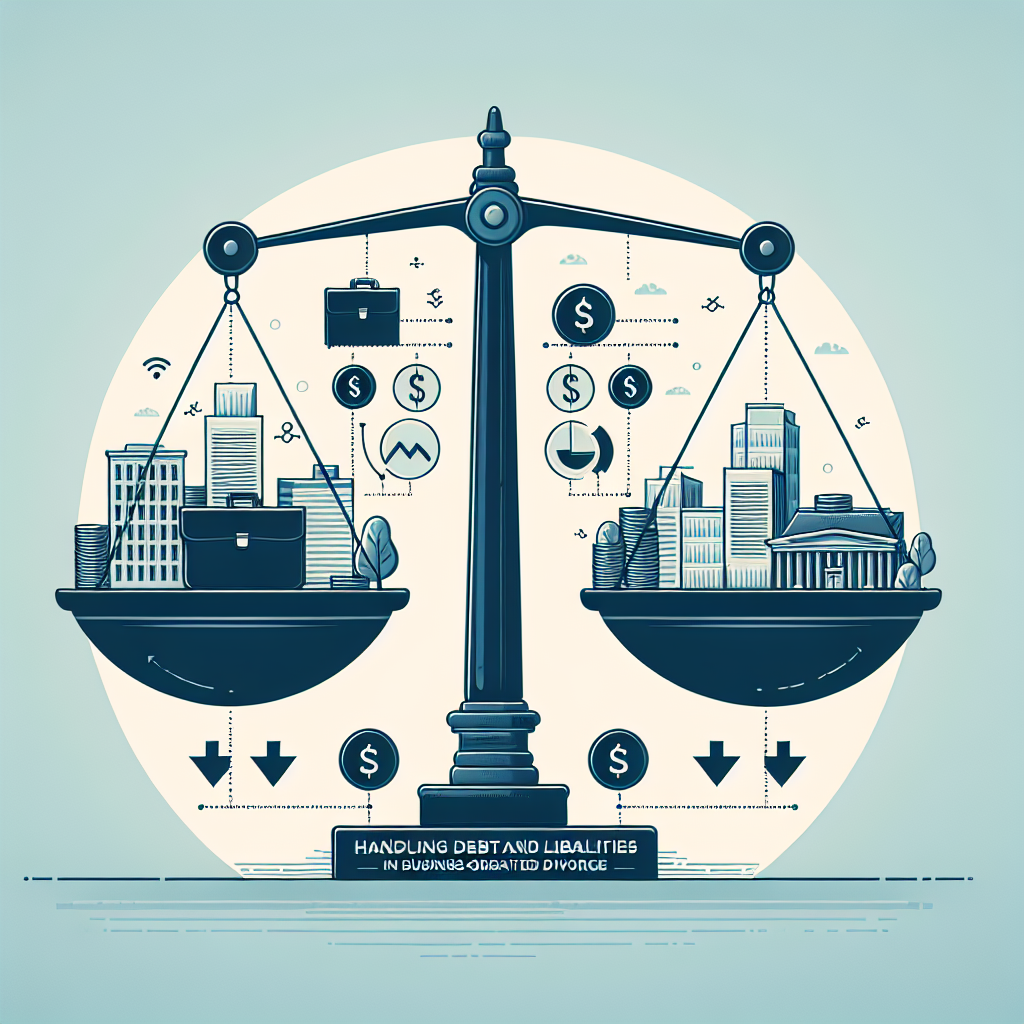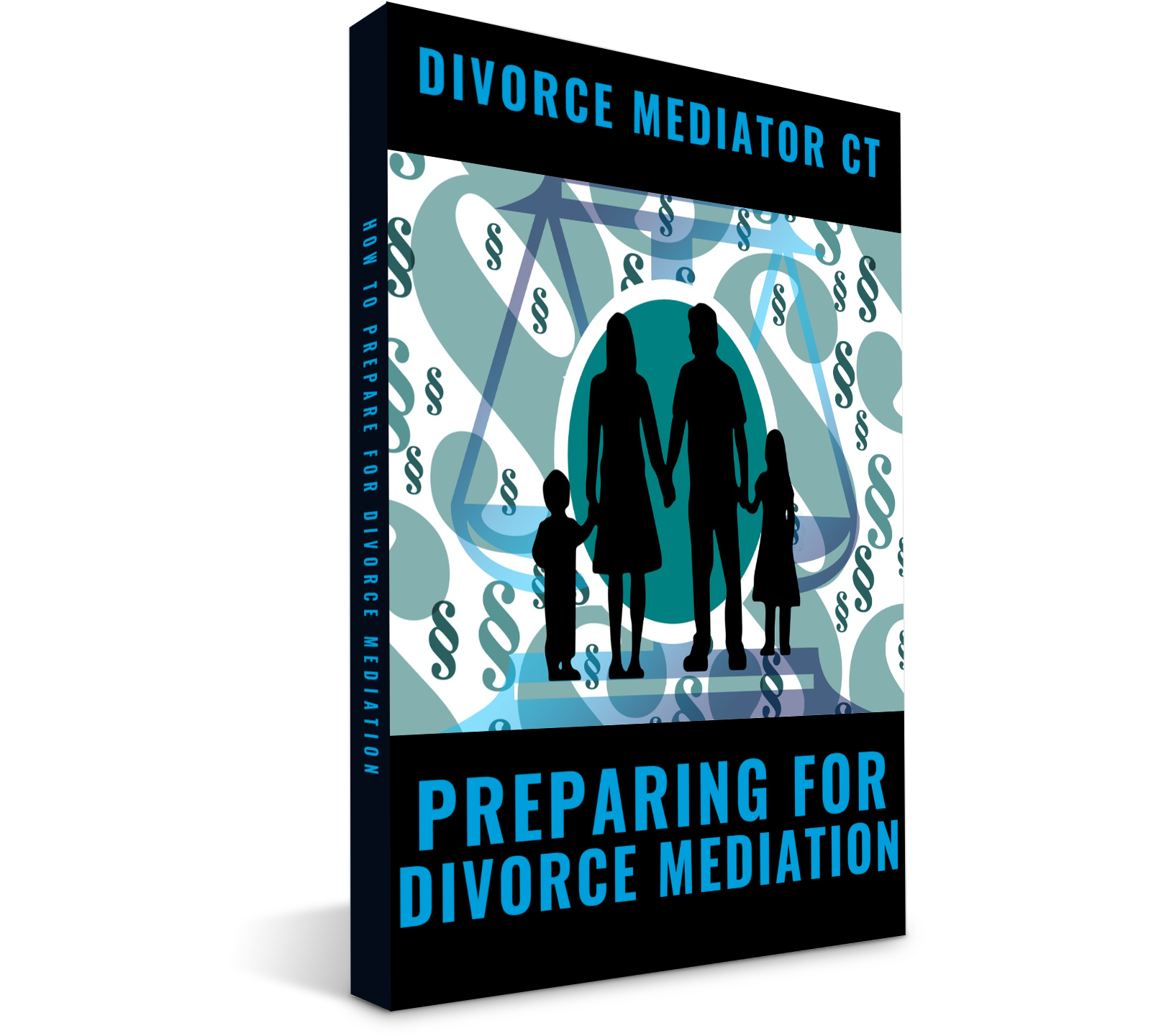Handling Debt and Liabilities in Business-Oriented Divorces
Maximizing Business Divorce Settlements: Managing Debt & Liability
Understanding the Impact of Debt and Liability in Business Divorces
When a married couple decides to end their marriage, the process of dividing assets and liabilities can become quite complex, especially if the couple owns a business together. Business-oriented divorces involve not only the division of personal assets, but also the division of business assets and the handling of business debts and liabilities. This can have a significant impact on the financial future of both parties involved, as well as the future of the business itself.
In order to effectively handle debt and liability in a business divorce, it is crucial to understand the potential impact it can have on both parties and their businesses. This includes understanding how debts and liabilities are identified and valued, how assets can be protected, and the tax implications of dividing debts and liabilities. It is also important to consider the potential for disputes and the role of alternative dispute resolution in resolving these issues. Seeking legal counsel can also be beneficial in navigating the complexities of debt and liability in a business divorce and ensuring fairness in the allocation of these financial obligations.
Identifying and Valuing Business Debts and Liabilities
One of the first steps in handling debt and liability in a business divorce is identifying and valuing all existing debts and liabilities. This includes both personal and business debts, as well as any potential creditors’ claims against the business.
In order to properly identify and value debts and liabilities, it may be necessary to conduct a thorough review of the business’s financial records, including bank statements, loan agreements, and outstanding invoices. This can also involve working with financial experts or accountants to accurately assess the financial obligations of the business.
In addition to identifying and valuing existing debts and liabilities, it is important to also consider the potential for future debts and liabilities. This can include potential future loans, outstanding invoices, and any other financial obligations that may arise in the course of the business. Taking these potential future debts and liabilities into account can help ensure a fair and comprehensive division of financial obligations in the divorce settlement.
Protecting Assets in the Event of a Business Divorce
In addition to dividing debts and liabilities, it is important to also consider the protection of assets in a business divorce. This can include both personal and business assets, as well as any assets that are used to secure business debts.
In some cases, it may be necessary to take legal action to protect assets from being used to satisfy business debts. This can involve seeking bankruptcy protection for the business, as well as seeking an injunction to prevent creditors from seizing assets to satisfy debts. It is important to consult with legal counsel to determine the best course of action for protecting assets in a business divorce.
Another important consideration when protecting assets in a business divorce is the potential for spousal support payments. Depending on the terms of the divorce settlement, one party may be required to make spousal support payments to the other. This can have a significant impact on the financial stability of the business, as well as the individual’s ability to continue making loan payments and managing other financial obligations. Therefore, it is crucial to carefully consider the potential impact of spousal support when dividing assets and liabilities in a business divorce.
Considering Tax Implications in Dividing Debt and Liability
Another important aspect to consider when dividing debt and liability in a business divorce is the tax implications of these financial obligations. Depending on the structure of the business and the specific debts and liabilities involved, there may be tax consequences for both parties.
For example, if the business is a partnership or a sole proprietorship, the division of debts and liabilities may result in significant tax liabilities for one or both parties. It is important to carefully consider the potential tax implications of any debt and liability division in order to avoid unexpected tax burdens.
In addition, it may be necessary to work with a tax expert or accountant to properly allocate any tax liabilities resulting from the division of debts and liabilities. This can help ensure a fair and equitable division of financial obligations and minimize the potential for future tax disputes.
Navigating Disputes over Debt and Liability in Divorce Settlements
Dividing debts and liabilities in a business divorce can be a contentious process, as both parties may have different ideas of what is fair and equitable. This can lead to disputes and disagreements over the allocation of these financial obligations.
In order to minimize the potential for disputes, it is important to carefully consider the needs and interests of both parties when creating a division of debts and liabilities. This may involve compromising and finding a solution that is fair and beneficial for both parties involved. In some cases, it may be necessary to utilize alternative dispute resolution techniques, such as mediation or arbitration, to resolve any disagreements and reach a mutually satisfactory agreement.
Establishing Fair Debt and Liability Allocation in Settlements
In order to ensure fairness in the division of debts and liabilities, it is important to establish a clear and comprehensive division in the divorce settlement. This can involve working with legal counsel and financial experts to create a detailed plan for the distribution of financial obligations.
Some factors to consider when creating a division of debts and liabilities include the financial contributions of each party to the business, the length of the marriage, and the potential future financial obligations of the business. It is important to carefully review all financial records and consider all relevant factors in order to create a fair and equitable division of debts and liabilities.
Addressing Personal Guarantees and Joint Debts in Business Divorces
In some cases, one or both parties may have signed personal guarantees for business debts. This can complicate the division of debts and liabilities in a business divorce, as these guarantees may remain in effect even after the dissolution of the marriage.
It is important to carefully review all personal guarantees and joint debts in order to determine the best course of action for addressing these financial obligations. This may involve negotiating with creditors or seeking legal action to remove a personal guarantee. Seeking legal counsel can be beneficial in addressing these complex issues and ensuring a fair and beneficial outcome for both parties.
Utilizing Alternative Dispute Resolution Techniques in Resolving Debt and Liability Disputes
As mentioned previously, utilizing alternative dispute resolution techniques, such as mediation or arbitration, can be beneficial in resolving disputes over the division of debts and liabilities in a business divorce. These methods can help facilitate communication and negotiation between both parties and can lead to a mutually satisfactory resolution.
In addition, alternative dispute resolution techniques can also help reduce the time and cost involved in litigation, making them a more efficient and effective option for resolving disagreements over financial obligations in a business divorce.
Seeking Legal Counsel for Complex Debt and Liability Matters in Business Divorces
Handling debt and liability in a business divorce can be a complex and challenging task. Therefore, it is highly recommended to seek legal counsel from a qualified attorney who specializes in business divorces. These professionals have the experience and expertise to effectively navigate the complexities of business divorce and help ensure a fair and beneficial outcome for both parties involved.
An attorney can also help protect your legal rights and interests during the division of debts and liabilities, and provide valuable guidance and advice on how to minimize the impact of the divorce on your business and financial future.
Mitigating Future Debt and Liability Issues in Business Divorce Settlements
In addition to addressing current debts and liabilities, it is important to also consider the potential for future financial obligations in a business divorce settlement. This can include creating a plan for addressing potential future debts, as well as implementing safeguards to protect against future financial issues.
For example, the divorce settlement may include provisions for reviewing and adjusting any future spousal support payments based on the financial health of the business. It may also include provisions for addressing any potential future debts or liabilities that may arise in the course of the business.
Conclusion
Handling debt and liability in a business divorce can be a complex and challenging task, but with proper planning and guidance, it can be effectively managed and resolved. It is crucial to understand the potential impact of these financial obligations on both parties and the business, and to carefully consider all factors when creating a fair and equitable division of debts and liabilities. Seeking legal counsel and utilizing alternative dispute resolution techniques can also be beneficial in navigating this process and ensuring a satisfactory outcome for all involved parties.




